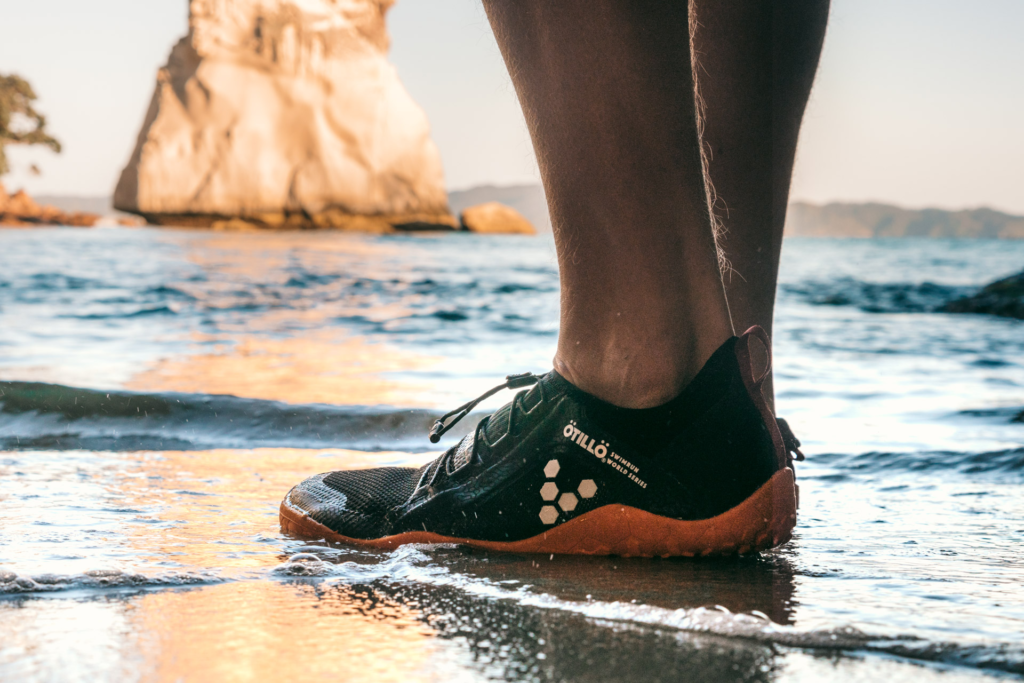
Introduction
In recent years, there has been a growing interest in barefoot living, a lifestyle that emphasizes the benefits of allowing our feet to function naturally. One of the leading proponents of this movement is Vivobarefoot, a company dedicated to creating footwear that mimics the experience of being barefoot. Vivobarefoot shoes are designed with minimalistic principles, offering a range of health and performance benefits. In this article, we’ll explore the concept of barefoot living, the unique features of Vivobarefoot shoes, and the numerous advantages they offer for both physical and mental well-being.
The Concept of Barefoot Living
Barefoot living is based on the idea that our feet are naturally designed to move without the constraints of traditional footwear. Shoes with thick soles, arch supports, and narrow toe boxes can interfere with the natural mechanics of our feet, leading to various issues such as poor posture, weakened muscles, and even chronic pain. By contrast, barefoot living encourages a return to more natural foot movement, promoting healthier feet and overall better body mechanics.

Unique Features of Vivobarefoot Shoes
Vivobarefoot shoes are crafted with several key features that distinguish them from conventional footwear. These features are specifically designed to support the principles of barefoot living:
1. Thin Soles
Vivobarefoot shoes feature ultra-thin soles, typically ranging from 3mm to 5mm in thickness. These thin soles provide protection from the ground while still allowing for a high degree of sensory feedback, helping wearers maintain a natural gait and better balance.
2. Wide Toe Box
A spacious toe box is another hallmark of Vivobarefoot shoes. This design allows the toes to splay naturally, providing stability and improving overall foot function. The wide toe box also helps prevent common foot issues such as bunions and hammertoes.
3. Zero Drop
Vivobarefoot shoes have a zero-drop design, meaning there is no difference in height between the heel and the forefoot. This promotes a more natural posture and encourages a midfoot or forefoot strike when walking or running, which can reduce impact on the joints.
4. Flexible Construction
The materials used in Vivobarefoot shoes are highly flexible, allowing the feet to move freely and naturally. This flexibility supports the development of foot strength and dexterity, enhancing overall foot health.

Benefits of Wearing Vivobarefoot Shoes
1. Improved Foot Strength and Function
Traditional shoes can weaken the muscles in our feet over time. Vivobarefoot shoes, on the other hand, promote the natural movement of the feet, helping to strengthen the intrinsic muscles. This can lead to improved foot function, reduced pain, and a lower risk of injuries such as plantar fasciitis.
2. Enhanced Sensory Feedback
The thin soles of Vivobarefoot shoes provide increased sensory feedback from the ground. This heightened sense of proprioception (awareness of body position) can improve balance, coordination, and overall movement efficiency. Runners and athletes, in particular, may benefit from this increased feedback, as it can lead to better performance and reduced injury risk.
3. Natural Posture and Alignment
The zero-drop design of Vivobarefoot shoes encourages a more natural posture by aligning the spine and promoting a neutral stance. This can alleviate stress on the lower back and joints, potentially reducing the risk of chronic pain and improving overall comfort.
4. Reduced Impact on Joints
By encouraging a midfoot or forefoot strike, Vivobarefoot shoes help distribute impact forces more evenly across the foot and lower leg. This can reduce the strain on joints such as the knees and hips, potentially lowering the risk of overuse injuries common in runners and active individuals.
5. Prevention of Common Foot Problems
The wide toe box and flexible design of Vivobarefoot shoes help prevent common foot problems associated with traditional footwear. Conditions such as bunions, hammertoes, and metatarsalgia are less likely to develop when the feet can move and splay naturally.
6. Connection to Nature
Vivobarefoot shoes foster a closer connection to nature by allowing wearers to feel the ground beneath their feet. This connection can enhance the outdoor experience, whether hiking on rugged trails, walking on the beach, or simply strolling through a park. The sensory engagement with natural surfaces can be both grounding and invigorating.
Transitioning to Vivobarefoot Shoes
While the benefits of Vivobarefoot shoes are significant, transitioning to barefoot footwear should be done gradually to allow the feet and body to adapt. Here are some tips for making the switch:
- Start Slowly: Begin by wearing Vivobarefoot shoes for short periods each day, gradually increasing the duration as your feet become accustomed to the new experience.
- Strengthen Your Feet: Incorporate foot-strengthening exercises into your routine to build the muscles needed for barefoot living. Exercises such as toe curls, arch lifts, and balance work can be beneficial.
- Listen to Your Body: Pay attention to any discomfort or pain during the transition. If you experience significant discomfort, reduce the amount of time spent in barefoot shoes and allow your feet to rest.
- Choose the Right Surface: Initially, wear your Vivobarefoot shoes on softer, natural surfaces such as grass or sand. As your feet adapt, you can gradually introduce harder surfaces like pavement and trails.
Conclusion
Vivobarefoot shoes offer a compelling alternative to traditional footwear by promoting the principles of barefoot living. With their thin soles, wide toe boxes, zero-drop design, and flexible construction, these shoes support natural foot movement, improve strength and function, and enhance overall well-being. By embracing the benefits of barefoot living with Vivobarefoot shoes, you can take a significant step toward healthier feet and a more connected, grounded lifestyle.
For more such content, keep visiting QAWire
